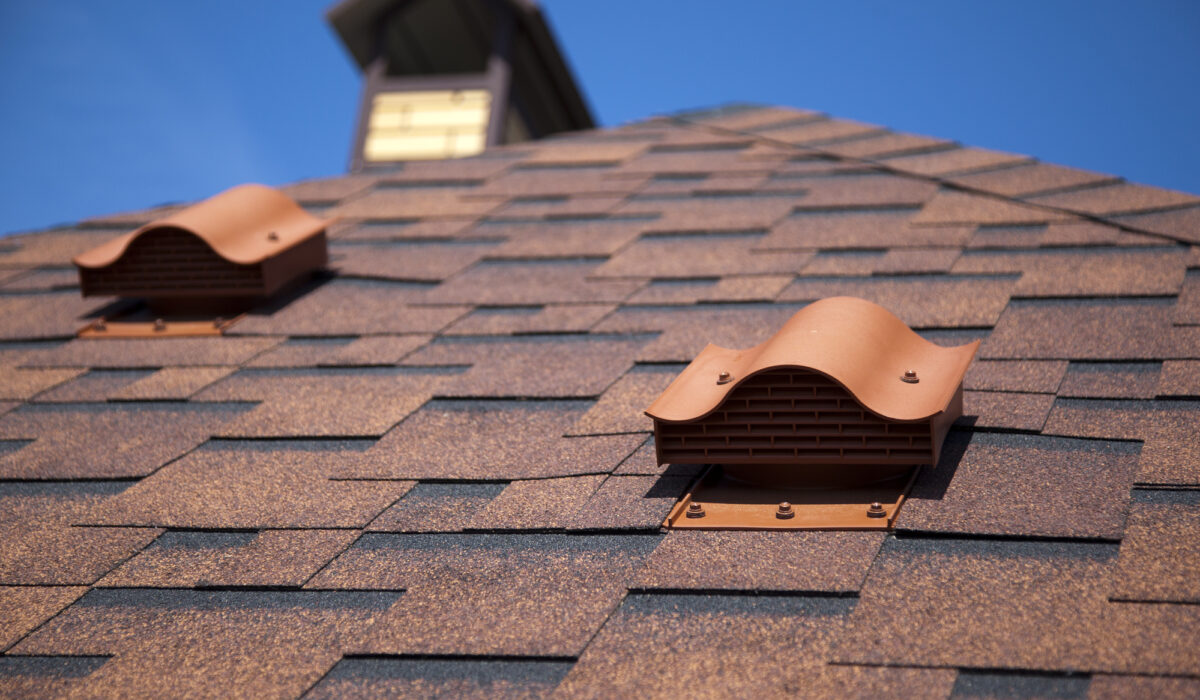The Importance of Proper Roof Ventilation: Ensuring Longevity and Comfort
When it comes to maintaining a healthy and durable roof, proper ventilation often goes overlooked. At Phoenix Roofing and Solar, we emphasize the critical role that roof ventilation plays in ensuring the longevity of your roof and the overall comfort of your home. In this blog post, we will explore why proper roof ventilation is essential, the problems associated with poor ventilation, and how you can ensure your roof is adequately ventilated.
1. Prevents Moisture Build-Up
One of the primary benefits of proper roof ventilation is preventing moisture build-up. When warm, moist air accumulates in the attic, it can lead to a host of problems.
Mold and Mildew
Moisture creates the perfect environment for mold and mildew to thrive. These fungi can damage your roof structure and pose health risks to your family. Proper ventilation allows moist air to escape, reducing the likelihood of mold growth.
Wood Rot
Excess moisture can cause wooden components of your roof, such as rafters and decking, to rot. This weakens the structural integrity of your roof and can lead to costly repairs or even a complete roof replacement.
2. Regulates Temperature
Proper ventilation helps regulate the temperature in your attic, which has several benefits for your home.
Reduces Heat Build-Up
During the summer, heat can build up in your attic, causing your home to become uncomfortably warm. This puts extra strain on your air conditioning system, leading to higher energy bills. Ventilation allows hot air to escape, keeping your attic cooler and reducing the need for air conditioning.
Prevents Ice Dams
In the winter, a poorly ventilated attic can cause ice dams to form on your roof. Warm air from your home can melt snow on the roof, which then refreezes at the eaves, forming ice dams. These ice dams can cause water to back up under the shingles, leading to leaks and water damage. Proper ventilation keeps the attic temperature closer to the outside temperature, reducing the risk of ice dams.
3. Extends Roof Lifespan
A well-ventilated roof can last significantly longer than one that is poorly ventilated. By preventing moisture build-up, regulating temperature, and reducing the strain on your roofing materials, proper ventilation helps extend the lifespan of your roof.
Protects Shingles
Excessive heat and moisture can cause shingles to deteriorate prematurely. Proper ventilation protects your shingles by maintaining a stable environment, reducing the likelihood of cracking, curling, or blistering.
Preserves Insulation
Moisture can compromise the effectiveness of your attic insulation, reducing its ability to keep your home warm in the winter and cool in the summer. Proper ventilation helps keep your insulation dry and functioning efficiently, further extending the life of your roof.
4. Enhances Indoor Air Quality
Proper roof ventilation also contributes to better indoor air quality. By allowing fresh air to circulate and preventing the build-up of pollutants, ventilation helps create a healthier living environment.
Reduces Indoor Pollutants
A well-ventilated attic prevents the accumulation of pollutants, such as dust, allergens, and volatile organic compounds (VOCs), which can affect your indoor air quality. This is particularly important for individuals with allergies or respiratory conditions.
Promotes Air Circulation
Good ventilation promotes air circulation throughout your home, reducing stuffiness and improving overall air quality. This can make your living spaces more comfortable and pleasant.
How to Ensure Proper Roof Ventilation
Ensuring your roof is properly ventilated involves a combination of intake and exhaust vents to create a balanced airflow. Here are some tips to achieve optimal ventilation:
1. Install Sufficient Intake Vents
Intake vents, such as soffit vents, allow fresh air to enter the attic. Ensure you have enough intake vents installed along the eaves to promote adequate airflow.
2. Use Exhaust Vents
Exhaust vents, such as ridge vents, gable vents, or roof vents, allow hot, moist air to escape from the attic. These vents should be installed at or near the roof ridge to maximize their effectiveness.
3. Ensure Balanced Ventilation
A balanced ventilation system has an equal amount of intake and exhaust vents. This creates a continuous airflow that effectively removes heat and moisture from the attic. Consult with a professional roofing contractor to ensure your ventilation system is properly balanced.
4. Regular Inspections
Regularly inspect your roof ventilation system to ensure it is functioning correctly. Check for blockages, damage, or any signs of inadequate airflow. Regular maintenance can help you catch and address any issues before they become serious problems.
Conclusion
Proper roof ventilation is crucial for maintaining the health and longevity of your roof, as well as the comfort and air quality of your home. By preventing moisture build-up, regulating temperature, and promoting air circulation, ventilation protects your roof and enhances your living environment. At Phoenix Roofing and Solar, we are dedicated to helping homeowners achieve optimal roof ventilation and enjoy the benefits of a well-maintained roof. Contact us today to learn more about our roofing services and how we can assist you with your ventilation needs.

